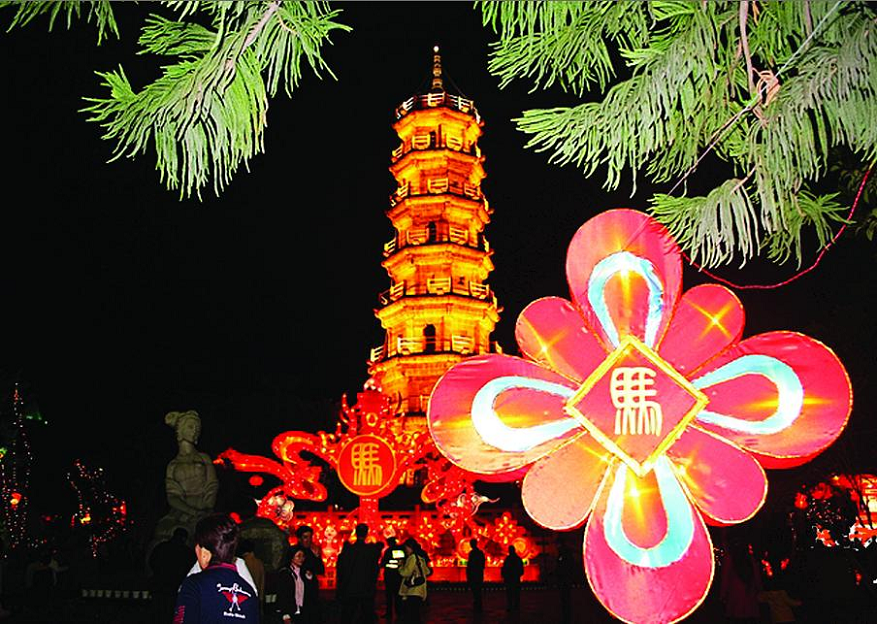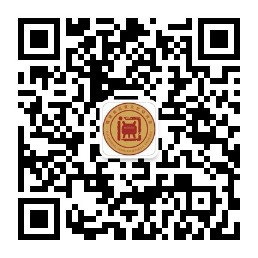·非遗百问·
93.霞浦福建特色的元宵节习俗有哪些内容?
答:马尾-马祖元宵习俗。福州市的马尾区与海峡彼岸的马祖列岛两岸人民自古以来便有春节期间送花灯、闹花灯的民间风俗。每年正月,渔民们都自发地扎糊“海神”头像灯,于元宵节前后举火把通宵陪游。因此风俗世代相传,游“海神”灯便成为马尾与马祖两岸人民祈求平安与和谐富足的象征。
泉州闹元宵习俗。泉州闹元宵习俗源于中原,以闹花灯为主,包括挂灯、送灯、观灯(赏灯)、点灯、游灯、抢灯。灯会中还有猜灯谜、踩街等活动。踩街古称“妆人”,即化装游行。游行队伍有民俗表演如阵头、花灯、彩车和各种武术文艺表演;遇到有人家放鞭炮,就要停下表演,以示感谢。元宵丸、润饼菜等是元宵节的应时食品,寓意全家人团圆、和美。还有“敬公”(祭祖)、“听香”等祈福习俗。
闽台东石灯俗。海峡两岸有两个同名东石的滨海乡村,一个在福建晋江,一个在台湾嘉义,两地共有元宵灯俗,世称“闽台两东石,共数一宫灯”。明代以前便有晋江东石人到台湾谋生,嘉靖(1522—1566)年间去台人数增多,他们开山拓海,在台湾形成东石、布袋嘴等村落,还将晋江东石嘉应庙的“三公爷”分灵过海,在台湾东石乡建庙供奉。东石数宫灯活动从正月十三日开始,为期 3天。按习俗,闽台两东石上一年新结婚的新郎都要把新娘陪嫁的宫灯挂到三公宫内。晋江东石挂宫灯时,台湾东石乡亲于正月十三日提前派人回乡祭祀“三公爷”,同时带来与过去一年新婚人数相同的宫灯,再捎回故乡给的同数宫灯。两地互报宫灯数,共祝子孙兴旺。
枫亭元宵游灯习俗。枫亭是仙游千年名镇。枫亭元宵游灯始 于宋代,每年从正月十三日始,至十七日结束。通过游灯来娱神、娱人,驱邪迎祥,祈求风调雨顺。数千人的游行队伍里有车鼓队、灯架队、十音八乐队、女子腰鼓队等;各式彩灯争奇斗艳,融戏剧、灯艺、杂技艺术为一体的“百戏彩架灯”,令人赞叹。
闽西客家元宵节庆。闽西号称客家祖地,是客家民系大本营。客家人自北向南长途跋涉来到闽西,把古老的中原文化习俗带到闽西,与当地文化结合,形成独具特色的客家文化,元宵节庆习俗是其中重要的组成部分。客家元宵节历来有游大龙、走古事、赏花灯、烧炮等习俗,至今仍保留着古老的文化内容。
Q93.What are the unique Lantern Festival customs in Fujian?
Answer: Mawei of Fuzhou and Mazu of Taiwan, just a strait apart, have long traditions of sending lanterns and strolling lantern-decorated streets during the Spring Festival. Each lunar January, the fishermen at each place make a Sea God head lantern, and parade it for a whole night around the Lantern Festival. The custom has been a symbol of the two places’ prayer for peace, harmony and wealth.
Quanzhou has Lantern festival celebrations that derive from central China. The activities are centered on lanterns, including hanging, exchanging, appreciating lanterns and so on. The lantern shows offer lantern riddles and parades performed by professionals, who would pause at the sound of firecrackers to show gratitude. People eat Yuanxiao rice glue ball and Runbing wrap etc. on this day, praying for a sound and happy family. They also worship ancestors, hear what others say under the guidance of incense as a prediction and engage in other activities.
Two Dongshi villages, one in Jinjiang of Fujian, the other in Jiayi of Taiwan, celebrate the Lantern Festival in a joint ritual. Before the Ming dynasty, Dongshi villagers from Jinjiang started migrating to Taiwan. In the emperor Jiajing period, the many migrants established a new Dongshi village there and built a temple to worship the invited spirit of the Sangong Gods from the original Dongshi. From 13th January of the lunar calendar, those Dongshi men married last year must hang a lantern in the Sangong Gods temple in three days. Taiwan Dongshi will send representatives to Jinjiang Dongshi before the 13th to worship the Sangong Gods, and to exchange lanterns with Jinjiang Dongshi, both sides handingout lanterns the same number as their newly married couples. In this way, they pray for prosperous future generations together.
Fengting, a famous ancient town in Xianyou, has started celebrating the Lantern festival since the Song Dynasty. The celebration lasts from lunar 13th to 17th January. Parades are organized to entertain the gods and the people, and to pray for a good year. Thousands of performers join the parade, playing music, performing acrobatics and exhibiting gorgeous lanterns.
The Western Fujian is dubbed the base camp of the Hakka. Customs of the ancient central plain regions, brought by the Hakka ancestors migrated from the north, have been blended with local culture to form a unique Hakka culture, of which, Lantern Festival celebration is an important part. It’s a tradition for the Hakka to celebrate this festival by performing dragon dance, enacting legendary stories, appreciating lanterns and setting off firecrackers.

马尾——马祖元宵节俗(福州市马尾区)
(图片来源于福建省艺术馆——省非遗中心官网)


